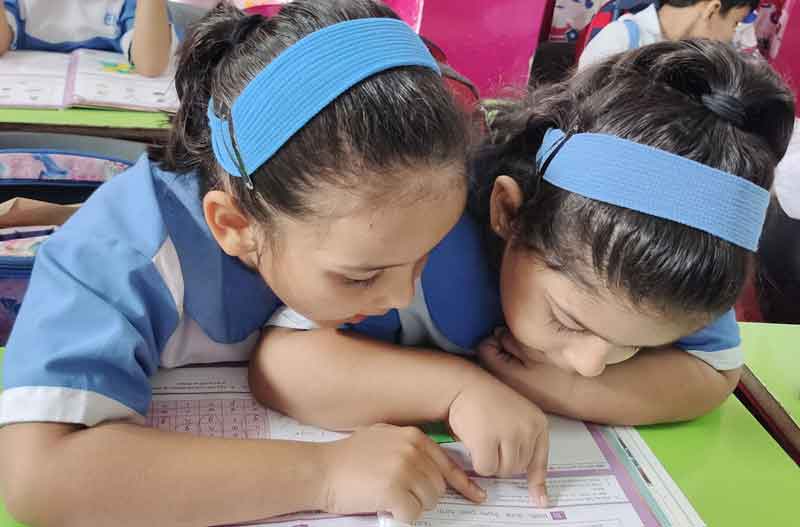When Stillness Comes in the Way of Learning: The Hidden Cost of Ignoring Movement in School

Walk into almost any school in India, and you'll see the same picture, a classroom full of children sitting still, too still. Their backs are straight, hands on the desk, lips sealed. It's what we call "disciplined." But if you scratch beneath the surface, something is not adding up. Engagement is low. Learning is lagging.
The Discipline Myth
For decades, we have praised classrooms where children sit quietly. Movement is often punished. Noise is silenced. Any sign of physical energy is viewed as a problem. Let’s flip the question: What if kids are falling behind because of stillness?
Here’s what the research says. Children need movement like they need oxygen, literally. It is not a distraction from learning. Instead, it is how the brain wires itself to learn in the first place.
Studies show that regular movement:
- Boosts focus by resetting attention spans
- Improves memory retention by engaging more areas of the brain
- Enhances emotional well-being by reducing stress hormones
- Increases overall academic performance
And the proof is in the numbers.
Movement vs. Stillness in the Classroom

This chart is based on observed trends in schools integrating daily movement breaks vs. those sticking to traditional, no-movement formats.
Focus, memory, emotional health, they all improve when kids are allowed to move.
What Does This Look Like in Practice?
We’re not talking about turning every class into a P.E. session. This is about intentional movement that fits into the rhythm of a school day:
- Brain breaks every 30-40 minutes: simple stretches, short walks, even dance
- Flexible seating: floor cushions, wobble stools, standing desks
- Active teaching methods: role-play in science, math scavenger hunts, story walks in language class
- Outdoor lessons: not as a reward, but as an actual shift in where and how learning happens
None of this requires a fancy setup. It just needs a shift in mindset from controlling stillness to enabling focus.
When Kids Move, Learning Moves Too
We’ve seen this first hand in schools across India and the world that have opened up to movement-friendly teaching. Children ask more questions. They remember more. They behave better. Teachers report less burnout. And classroom energy? Way up.
One principal said it best, “The more we tried to control their bodies, the more we lost their minds. Once we let them move, we got both back.”
So, What’s Stopping Us?
The fear is understandable. Teachers worry it’ll lead to chaos. Administrators think scores will drop. Parents want "discipline." But the opposite is true. When movement is built into the structure, it doesn’t create disorder, it gives students what their brains need to function.
Stillness doesn’t equal discipline. Real discipline comes from self-regulation and movement helps kids learn how to regulate.
No major policy overhaul is needed. Here is what you can do today:
- Add 2–3 short movement breaks daily.
- Give students a voice. Ask them how they want to move.
- Integrate movement into lessons, not as “extra,” but as essential.
- Track the impact. Measure focus, attendance, and learning before and after.
A Culture Shift, not a Gimmick
This is not a passing trend. It’s a necessary shift for schools that want to raise thinkers, creators, and emotionally strong young people. Movement is part of a larger philosophy that says: “Children learn best when they are alive in their bodies, minds, and emotions.”
And in schools across the globe, where millions of children are sitting in classrooms day after day, the cost of ignoring this is too high.
Final Word
Stillness may look like control. But real learning is alive, messy, and full of movement. Let’s stop tying our kids to benches and start giving them room to grow. The future isn’t still. It’s in motion. read more